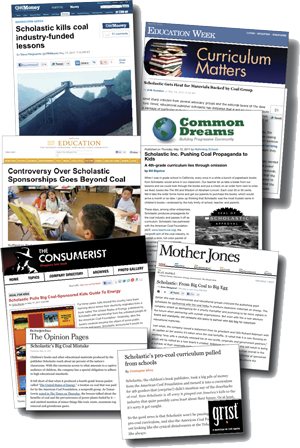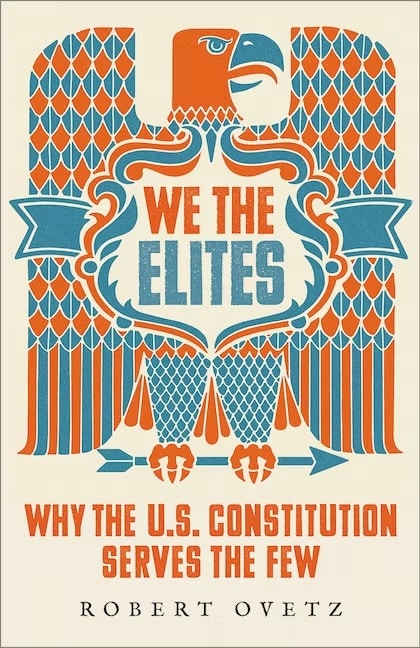A small band of striking coal miners in southern Illinois called out Chicago coal barons and stood their ground at Virden.
Continue reading
Minister, journalist, newspaper editor, and abolitionist Elijah Parish Lovejoy was murdered by a pro-slavery mob.
Continue reading
During the Zong Massacre, a ship captain ordered that 54 enslaved Africans be thrown overboard and killed.
Continue reading
Teaching Activity. By Suzanna Kassouf, Matt Reed, Tim Swinehart, Ursula Wolfe-Rocca, and Bill Bigelow.
The stories of twenty people whose lives were touched by the New Deal of the 1930s come to life in this classroom activity, intended to open students' minds to the possibilities of a Green New Deal.
Continue reading
Teaching ideas and discussion questions for How the Word Is Passed: A Reckoning with the History of Slavery Across America by Clint Smith.
Continue reading
The Flint sit-down strike represented a shift in union organizing strategies from craft unionism (organizing white male skilled workers) to industrial unionism (organizing all the workers in an industry). The sit-down strike changed the balance of power between employers and workers.
Continue reading
Book — Non-fiction. By Robert Ovetz. 2022. 240 pages.
This collection of essays exposes the U.S. Constitution for what it really is — a rulebook to protect capitalism for the elites.
Continue reading
Book — Non-fiction. By Heather McGhee. 2023. 240 pages.
This young readers’ edition analyzes racism in U.S. politics and policymaking, and provides a potential path forward through solidarity.
Continue reading
Book — Non-fiction. By Howard W. French. 2021. 521 pages.
This sweeping history reveals a long-concealed history of trivialization and, more often, elision in depictions of African history throughout the last five hundred years.
Continue reading
Film. Directed by Judith Helfand. 2020. 54 minutes.
This documentary focuses on Chicago’s heat wave to look at how a weeklong tragedy is really a story about the “slow-motion disaster” caused by race and class inequality.
Continue reading
Book — Non-fiction. By Ricardo Nuila. 2023. 384 pages.
Tells the story of five uninsured Houstonians who are each struggling with life-threatening ailments and denied critical care until they arrive at Ben Taub Hospital, where they find a crucial model of innovative healthcare.
Continue reading
More than 100 textile workers died when a mill collapsed due to inadequate construction.
Continue reading
Book — Non-fiction. By Justene Hill Edwards. 2024. 336 pages.
Following the Civil War, tens of thousands of the formerly enslaved deposited millions of dollars into the Freedman’s Bank, but their trust was betrayed when the Freedman’s Bank collapsed within the decade.
Continue reading
Book — Non-fiction. By Peter Linebaugh and Marcus Rediker. 2013. 448 pages.
A sweeping history of the role of the dispossessed in the making of the modern world.
Continue reading
A coalition of environmental activists, anti-capitalists, and union leaders took to the streets of Seattle to bring the World Trade Organization conference to a halt.
Continue reading
A purported conspiracy of the enslaved in New York City led to multiple fires and arsons followed by mass jailings, trials, and eventual executions of many involved.
Continue reading
Book — Non-fiction. By Kevin A. Young. 2024. 264 pages.
Offers lessons for building a multiracial, working-class climate movement that can win a global green transition that’s both rapid and equitable.
Continue reading
In the midst of the 1927–1928 Colorado Coal Strike, police indiscriminately opened fire on hundreds of coal miners and their families who were picketing the Columbine Mine.
Continue reading
The Supreme Court determined that the government could not infringe upon the First Amendment rights of corporations to spend unlimited funds on electoral campaigns.
Continue reading

























